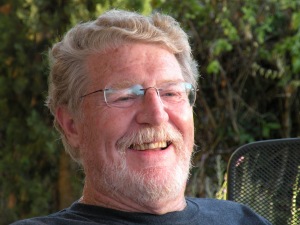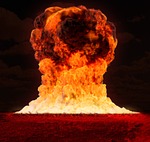When Turkish President Recep Tayyip Erdogan told an economic meeting in the city of Sivas on Sept. 4 that Turkey was considering building nuclear weapons, he was responding to a broken promise.
When Israeli Prime Minister Benjamin Netanyahu accused the government of Iran of lying about its nuclear program, he was concealing one of the greatest subterfuges in the history of nuclear weapons.
And the vast majority of Americans haven't a clue about either.
Early in the morning of Sept. 22, 1979, a US satellite recorded a double flash near the Prince Edward islands in the South Atlantic. The satellite, a Vela 5B, carries a device called a "bhangmeter" whose purpose is to detect nuclear explosions. Sent into orbit following the signing of the Partial Test Ban Treaty in 1963, its job was to monitor any violations of the agreement. The Treaty banned nuclear explosions in the atmosphere, underwater and in space.
Nuclear explosions have a unique footprint. When the weapon detonates, it sends out an initial pulse of light, but as the fireball expands, it cools down for a few milliseconds, then spikes again.
"Nothing in nature produces such a double-humped light flash," says Victor Gilinsky. "The spacing of the hump gives an indication of the amount of energy, or yield, released by the explosion." Gilinsky was a member of the US Nuclear Regulatory Commission and a former Rand Corporation physicist.
There was little question who had conducted the test. The Prince Edward islands were owned by South Africa and US intelligence knew the apartheid government was conducting research into nuclear weapons, but had yet to produce one. But Israel had nukes and both countries had close military ties. In short, it was almost certainly an Israeli weapon, though Israel denied it.
(Note: You can view every article as one long page if you sign up as an Advocate Member, or higher).






